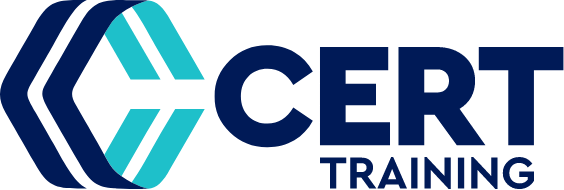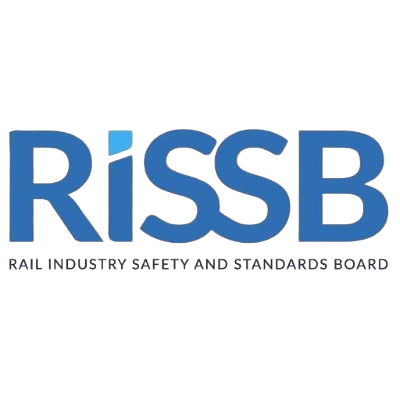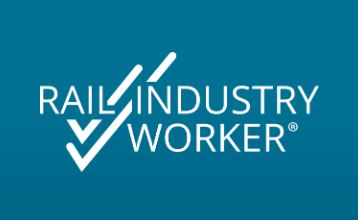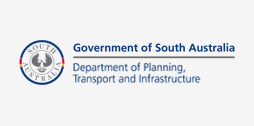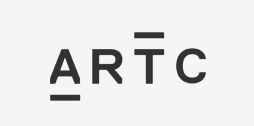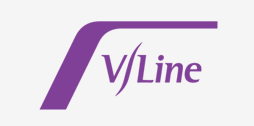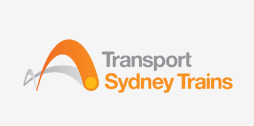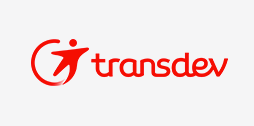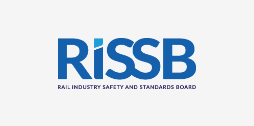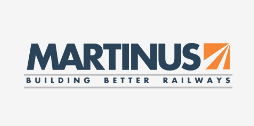New Industry Sectors, Same Quality Training
Fire and Emergency Protection
Civil Construction Training
First Aid & CPR Training
Confined Spaces & Working Safely at Heights
Launching in 2025
Search for training courses available in-person and online, across Australia
Building skills for careers in Rail, Civil, Construction and Mining – Enrol Now

CERT Training – Who we are
CERT has offices and trainers that are strategically placed nationally, and in all mainland states, to ensure compliant, responsive and cost effective service to national clients.
Nationally CERT employs in excess of thirty-five trainers and assessors with either a safety or rail background, and in most cases both. Our business commenced and remains a national business with local teams consisting of highly skilled and experienced training Deliverer’s, Administrators and Managers who are able to transfer those skills and services to the international rail training market.
News & Industry Updates
How to renew RIW card?
Like many certifications, the RIW card comes with an expiry date. So, how do you renew it? Here’s a step-by-step guide to make sure your access stays uninterrupted.
